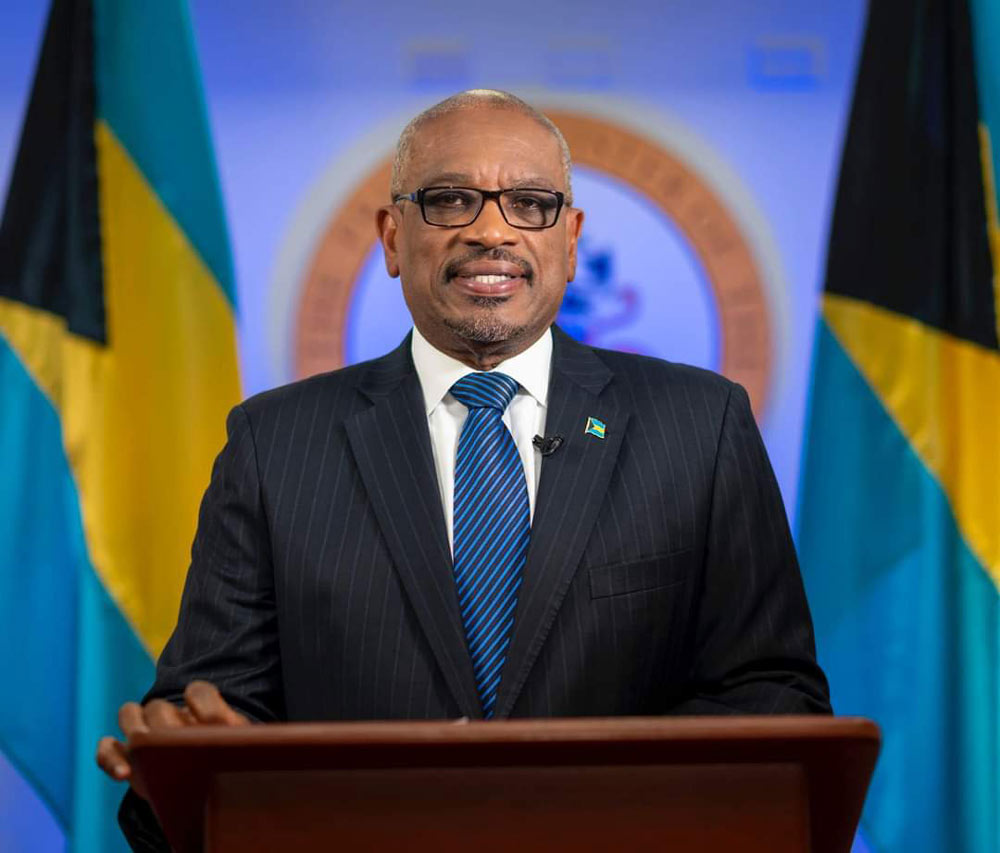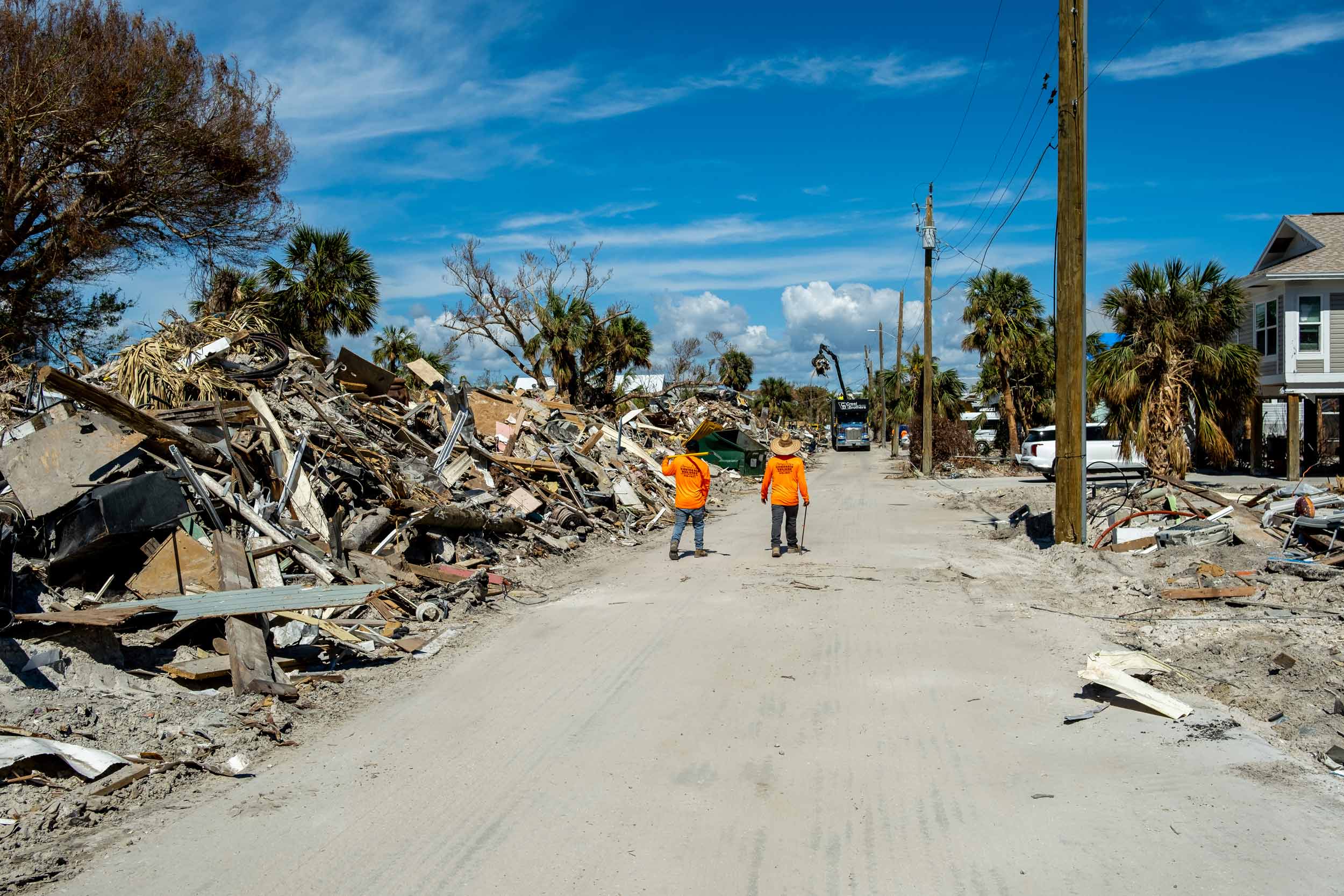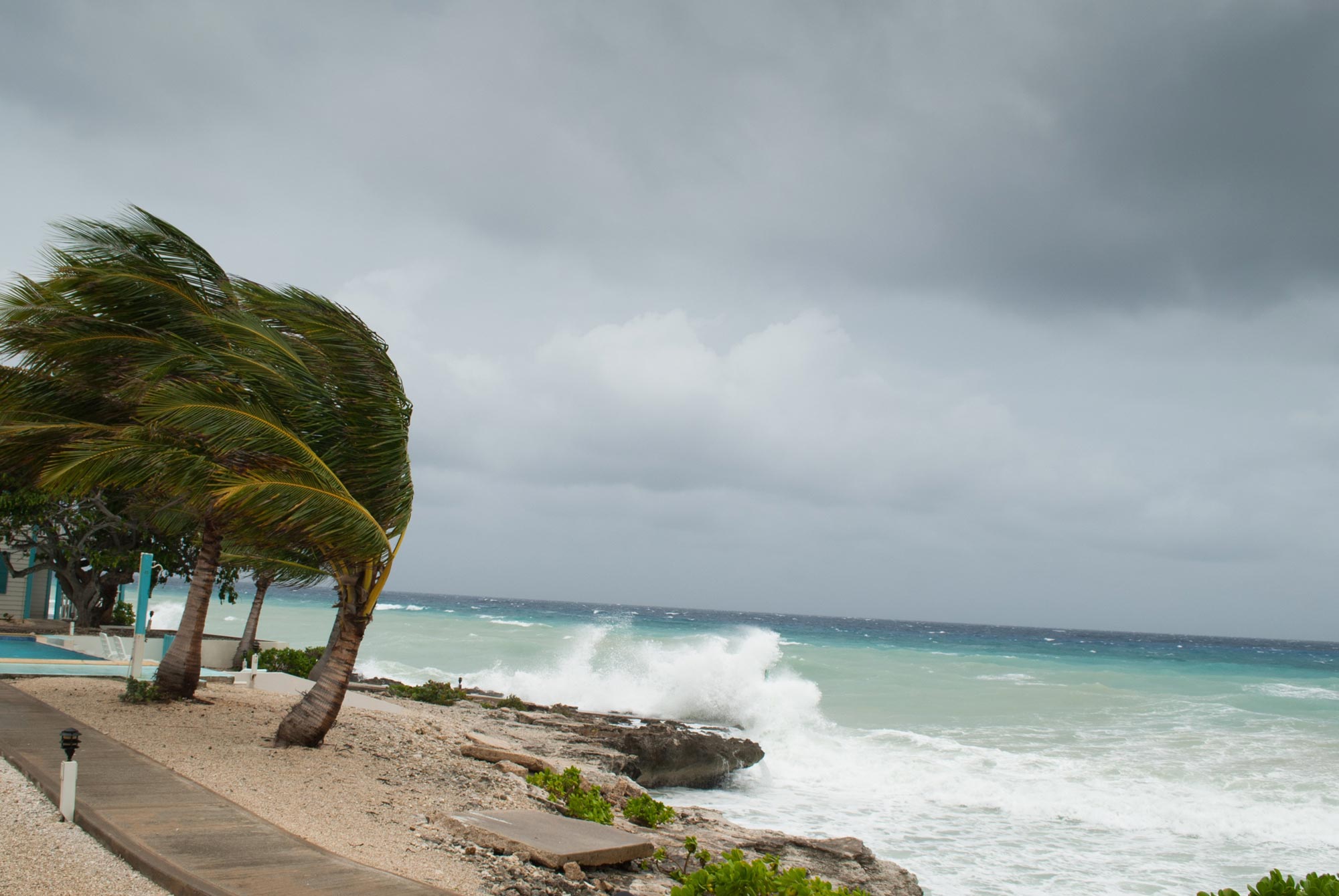Category 5 Hurricane Dorian bulldozed through the Bahamas in September 2019 as one of the strongest storms ever recorded. Sustained winds of 185 mph and a relentless storm surge scrubbed away development on Abaco and Grand Bahama islands, leaving more than 70 people dead and $3.4 billion in damage, according to government estimates.
A year after the storm, hundreds of residents were still listed as missing, and thousands remained homeless and jobless.
Hubert Minnis, a former doctor who served as the prime minister at the time, oversaw the immediate response and the islands’ reconstruction. What was also destructive, Minnis said, was the flood of misinformation he and his government agencies needed to counter. That might sound familiar to U.S. government leaders organizing relief work now in North Carolina.
On Friday, Minnis will be the guest speaker at an event marking the 10th anniversary of the University of Virginia’s Global Studies program.
He’ll speak on a variety of core topics explored in the Global Studies program, including climate change, sustainability and public health. Minnis agreed to chat with UVA Today about leading his country through catastrophe, and what U.S. officials can take from his experience.
Q. What were the biggest challenges you faced in the days, months and years after the storm?
A. The major challenges included: immediate supply of food, water and shelter; the deployment of security, medical and other critical personnel; evacuation and resettlement of affected people; restoration of electricity grid, roads, ports, airports and other infrastructure; securing financing for medium- and long-term rebuilding; (and) recovery of economic sectors and infrastructure. These are among some of the great challenges.
Q. As the prime minister, what were the leadership traits that helped guide you and your government’s response to this tragedy?
A. Being organized with decision-making and communicating effectively are critical before, during and after storms for leaders.
Often forecasters provide a warning time. This is when the state must evacuate those most at risk. The decision to evacuate certain areas must be made quickly, and that must be communicated aggressively to the public.

Minnis, the prime minister of the Bahamas from 2017 to 2021, will speak at a UVA Global Studies 10th anniversary event on Friday. (Contributed photo)
A leader must also communicate clearly and forcefully to the public what is to come with a storm.
The leader must communicate often after the storm, too, as to what the state has done and what it is doing. Misinformation spreads after storms. The public needs to be told the truth by the state and advised of what assistance is available and how to access it.
To ensure the right decisions are made, the leader needs to go and see the disaster zone personally. It is not good enough to rely on reports. The leader must ensure he or she sees on the ground what the needs are and what areas need more intervention in order to help the people most in need.
Q. You said at the United Nations that climate change is causing the “increasingly lethal” hurricanes afflicting the Bahamas. What solutions should be considered for the long term, and what can be done more immediately to protect the Bahamas and other small island nations?
A. The Bahamas and other small island nations need concessionary financing and grants to improve protection against storms, including strengthening infrastructure. This involves adaptation and resilience measures such as stronger shelters; strengthening coastal barriers; and land, marine and air vehicles required for evacuation and recovery. The forward positioning of critical supplies is also necessary. There must also be access to funding in the immediate aftermath of a hurricane and access to long-term funding.
Q. Many people displaced by Hurricane Dorian never returned to the Bahamas. What can be done to help people return home and resettle, not just in the Bahamas, but in other hurricane-stricken areas?
A. People often leave out of a sense of hopelessness. They think there is no chance of them rebuilding their lives to what they were.
It is important for the state to have assistance programs for homeowners and businesses who do not have property insurance. These programs are not able to pay the full amount of restoration. However, they assist significantly in helping individuals and businesses begin the work of restoration.
Individuals are less likely to leave their home countries if these programs are announced soon after the storm.











